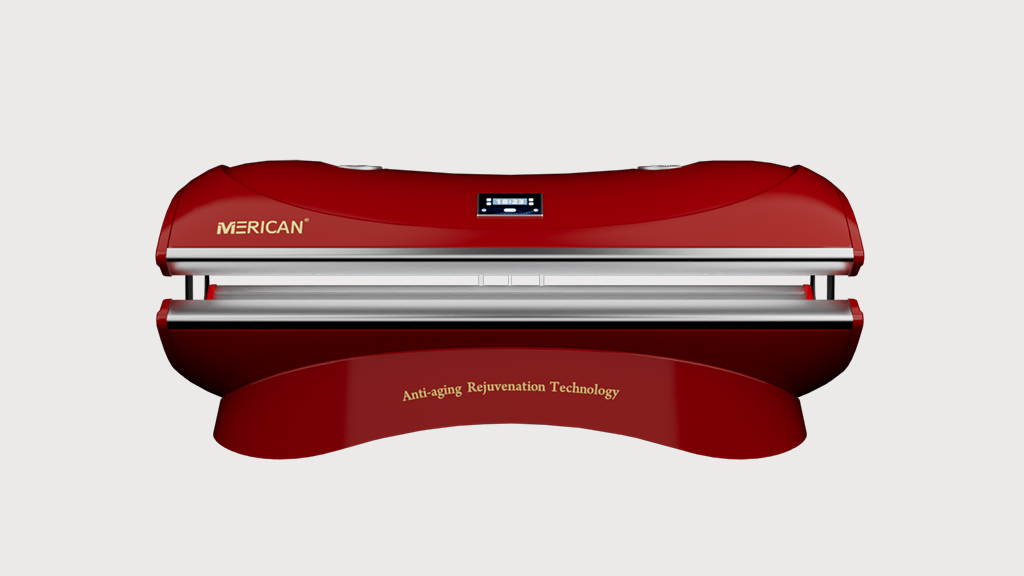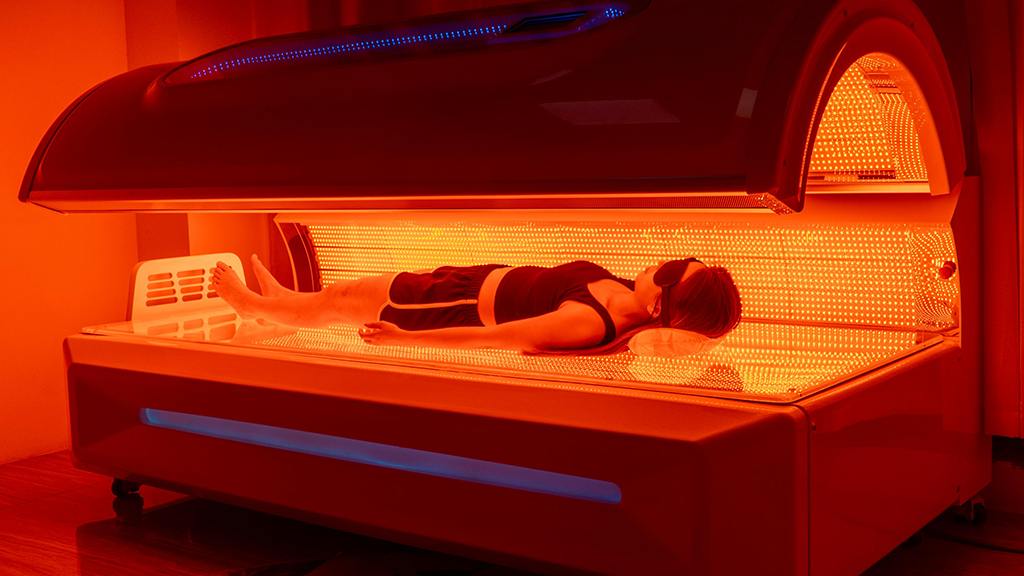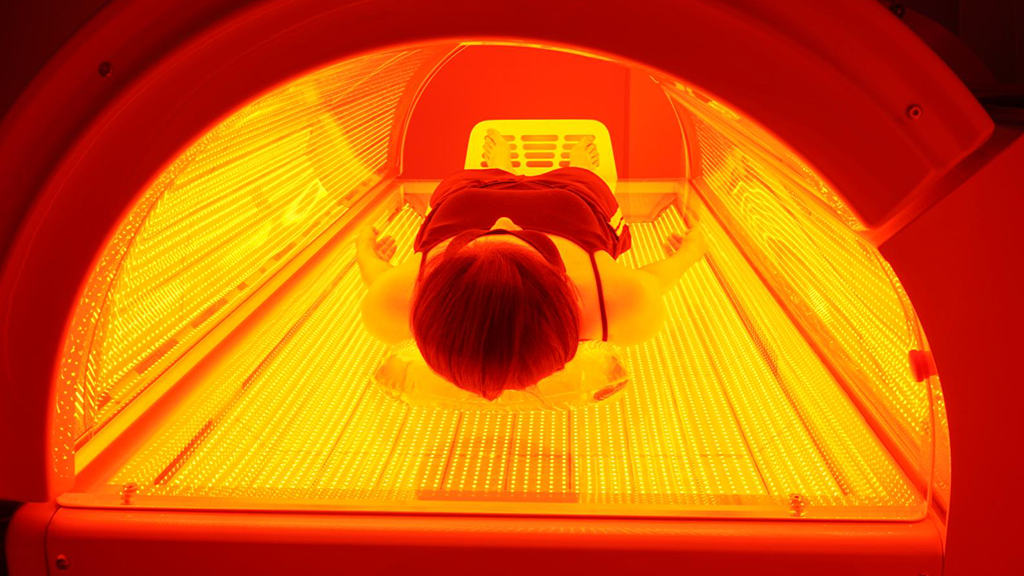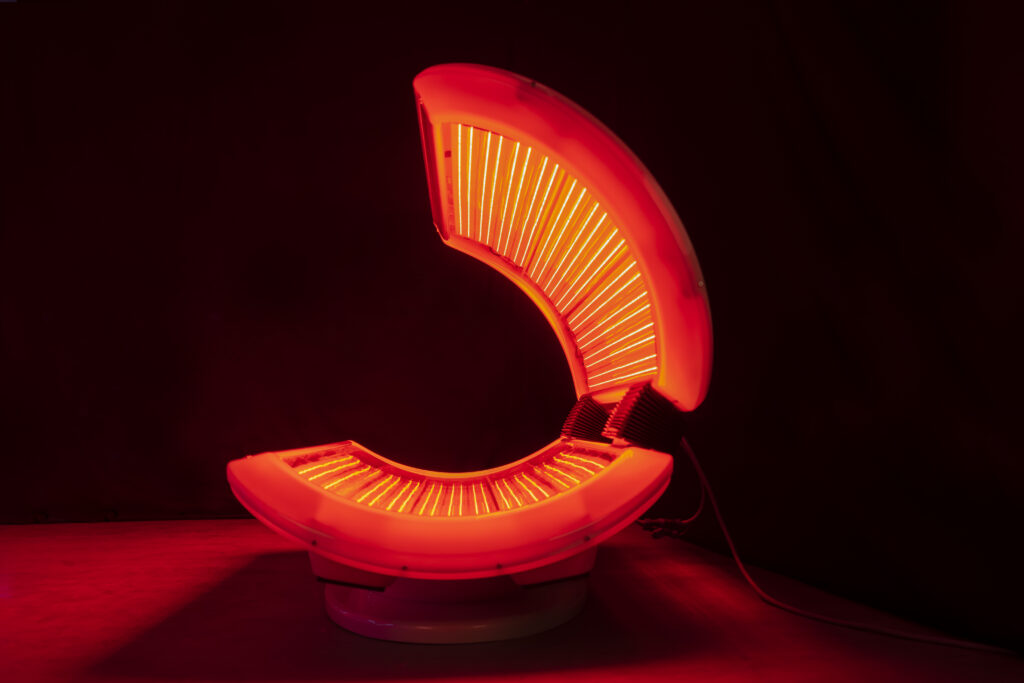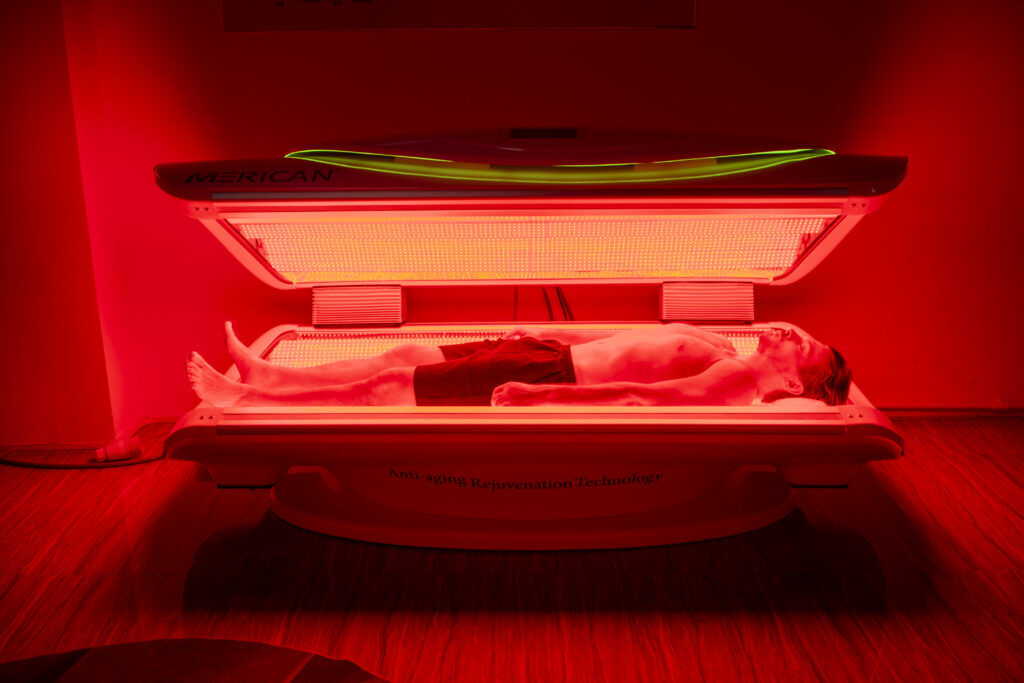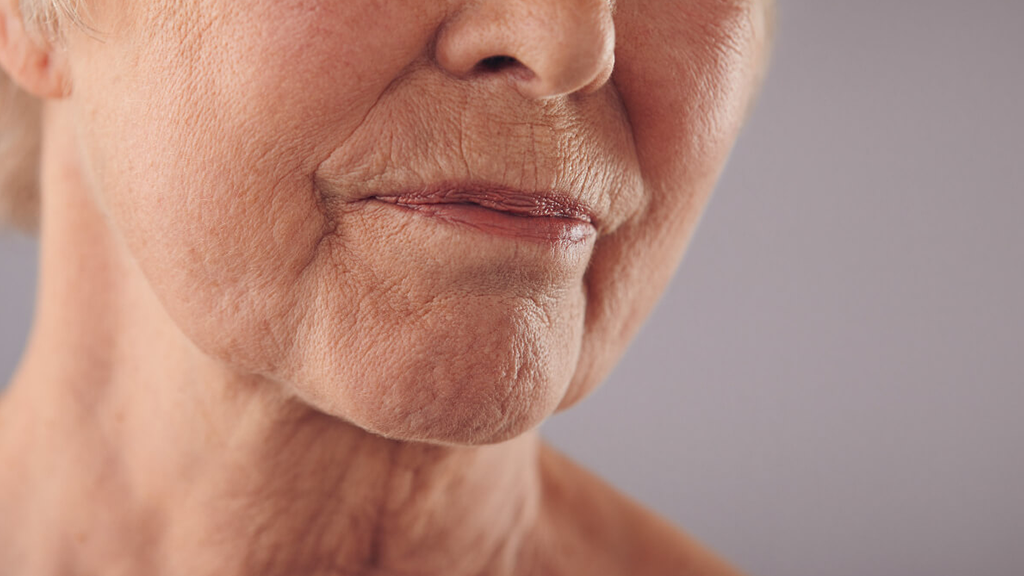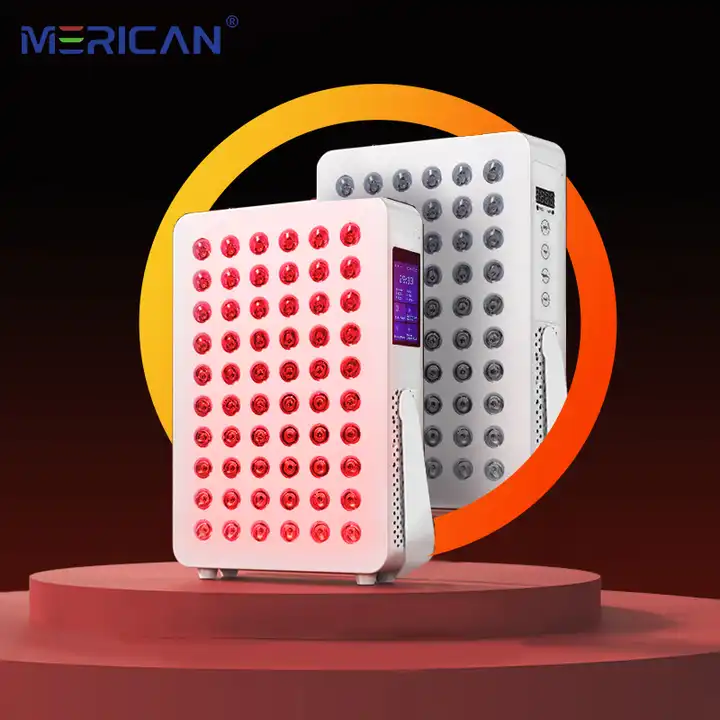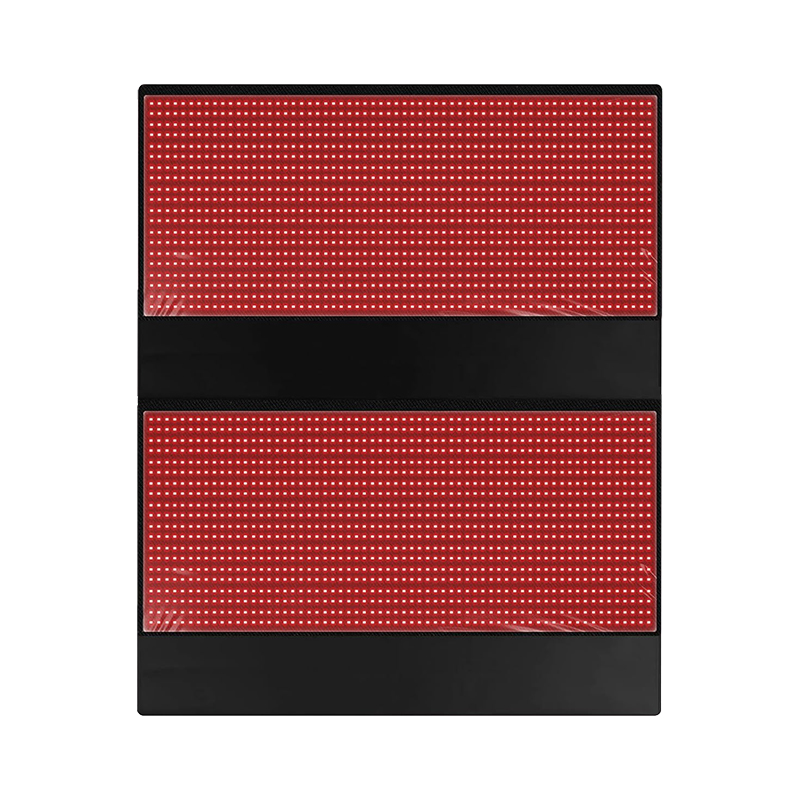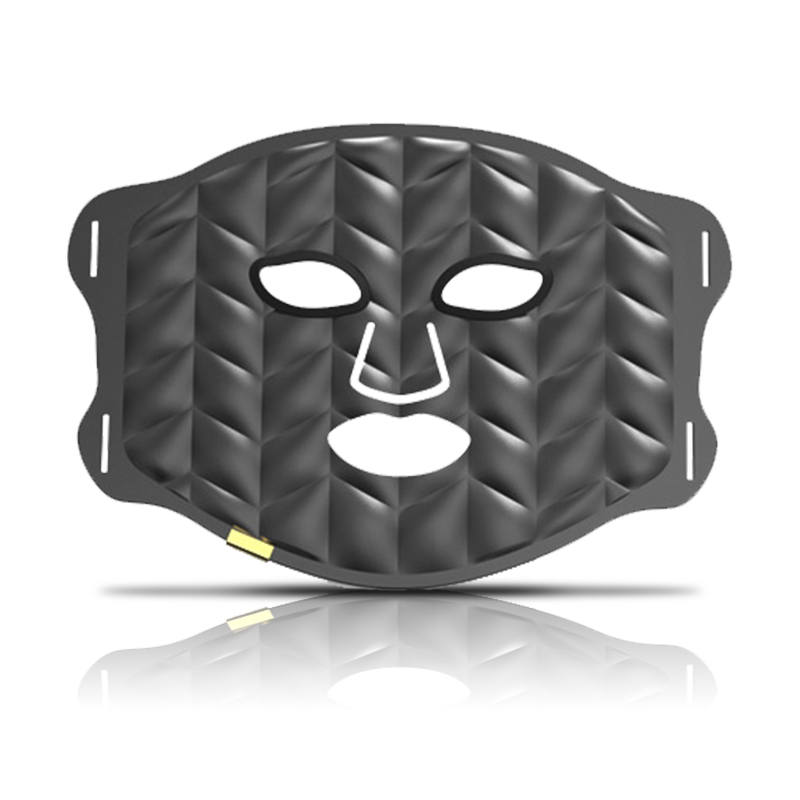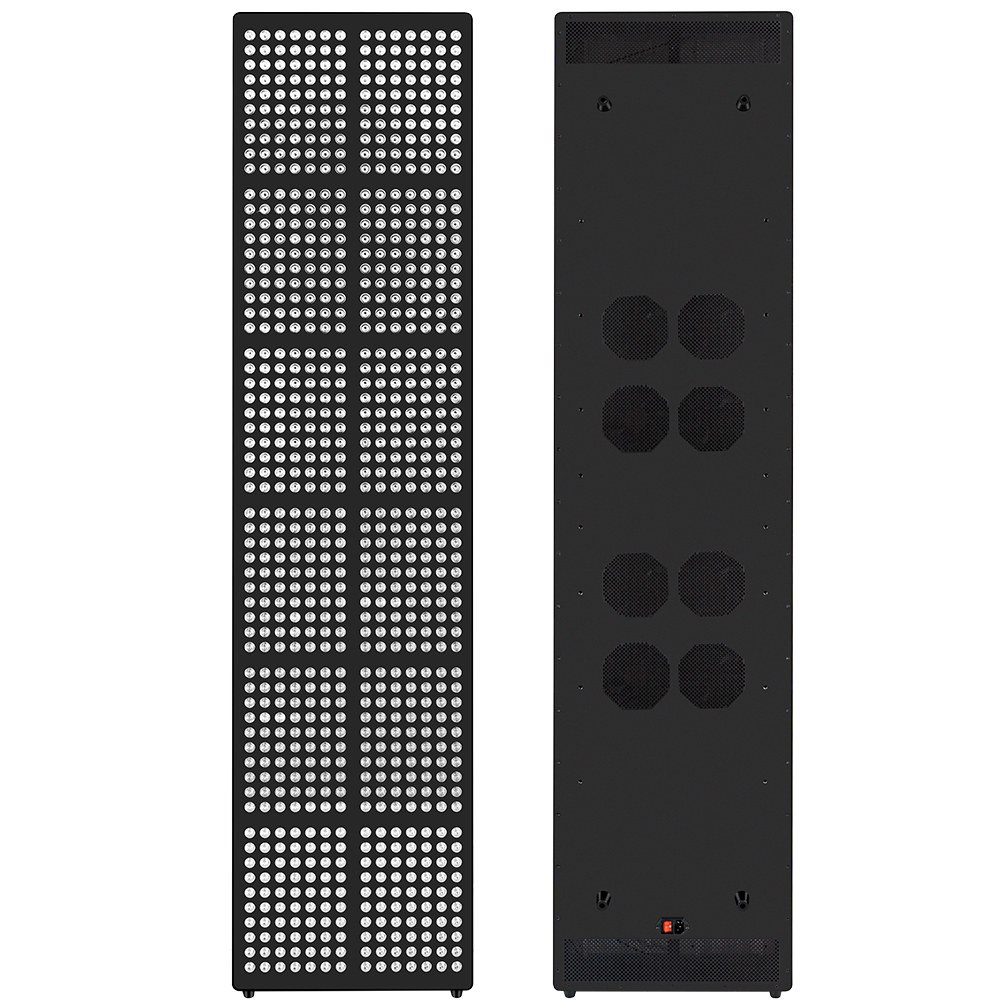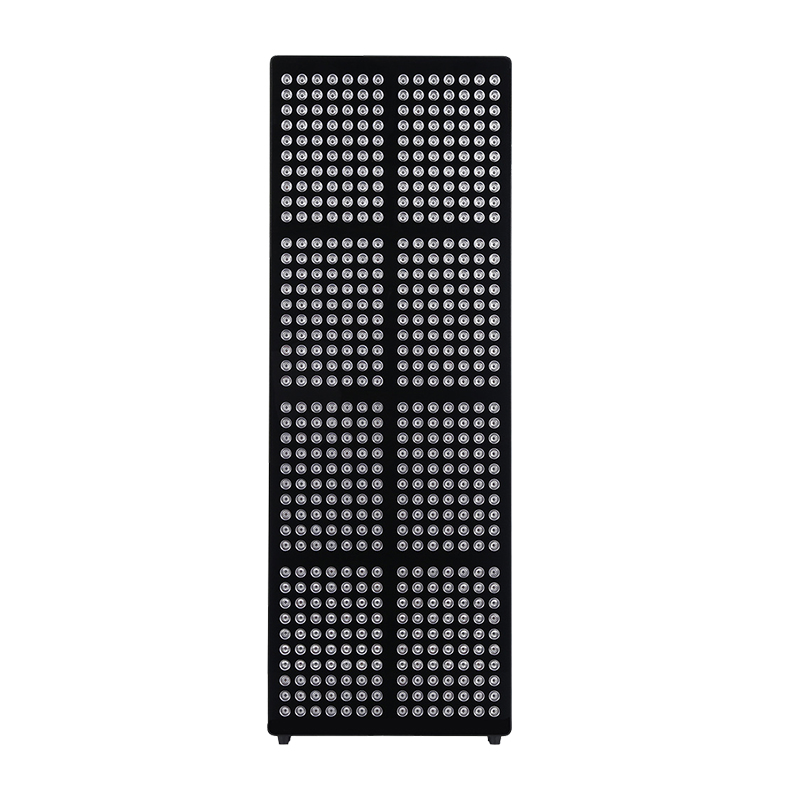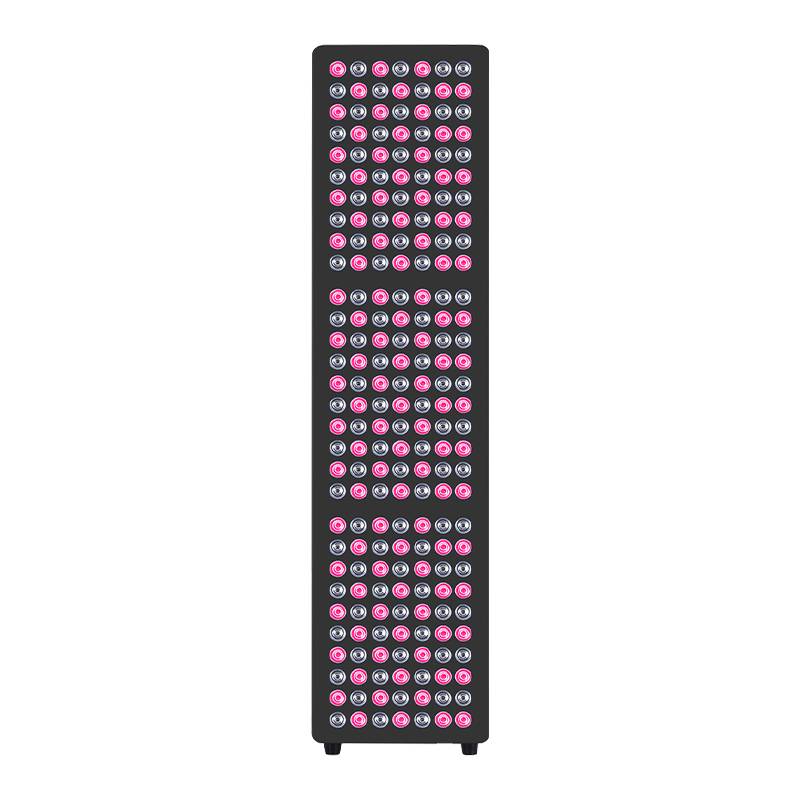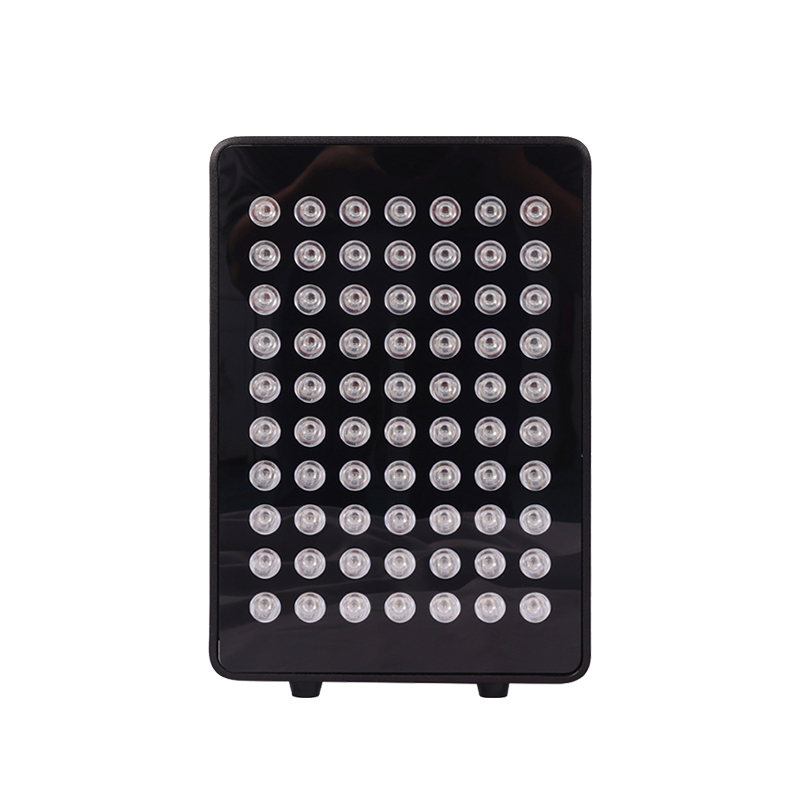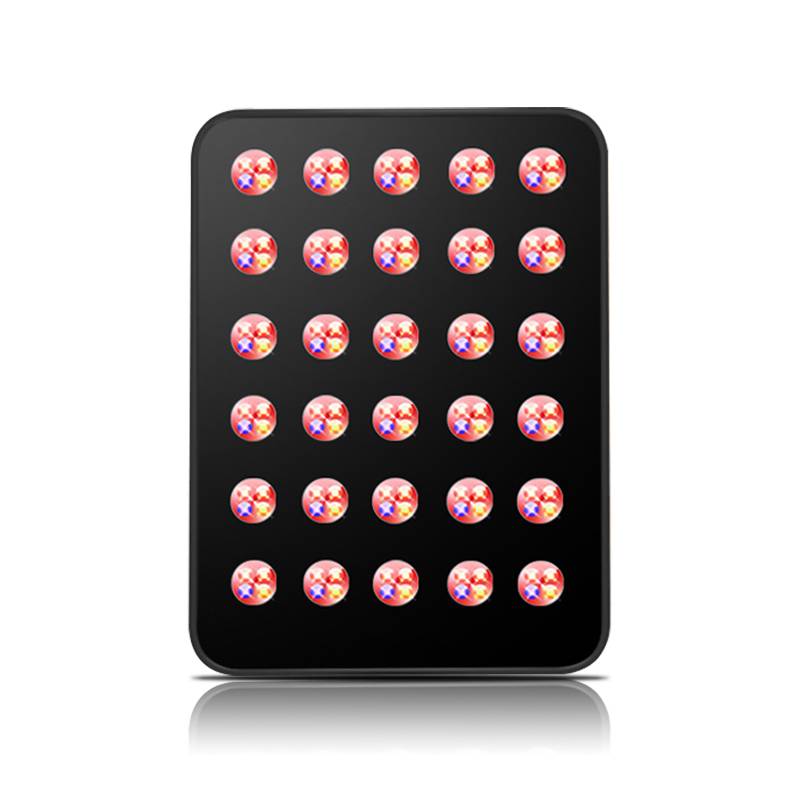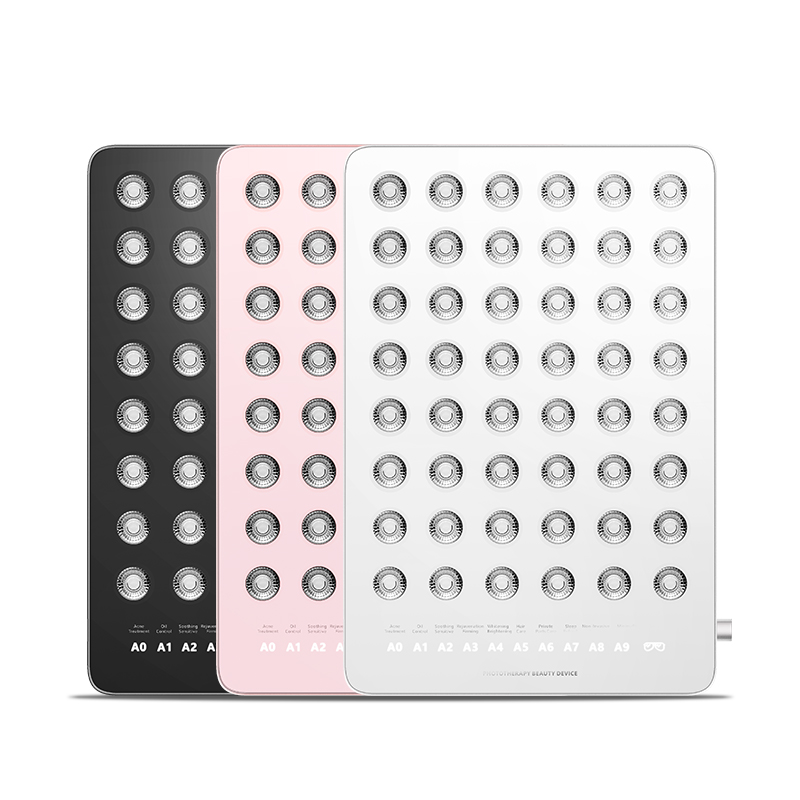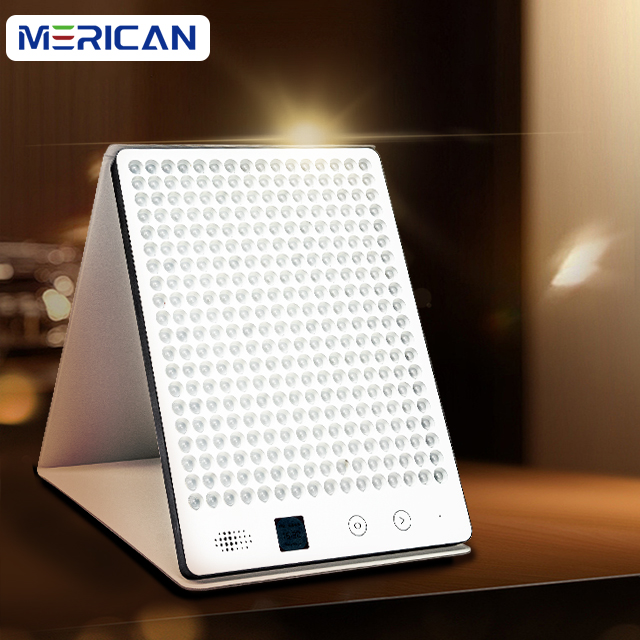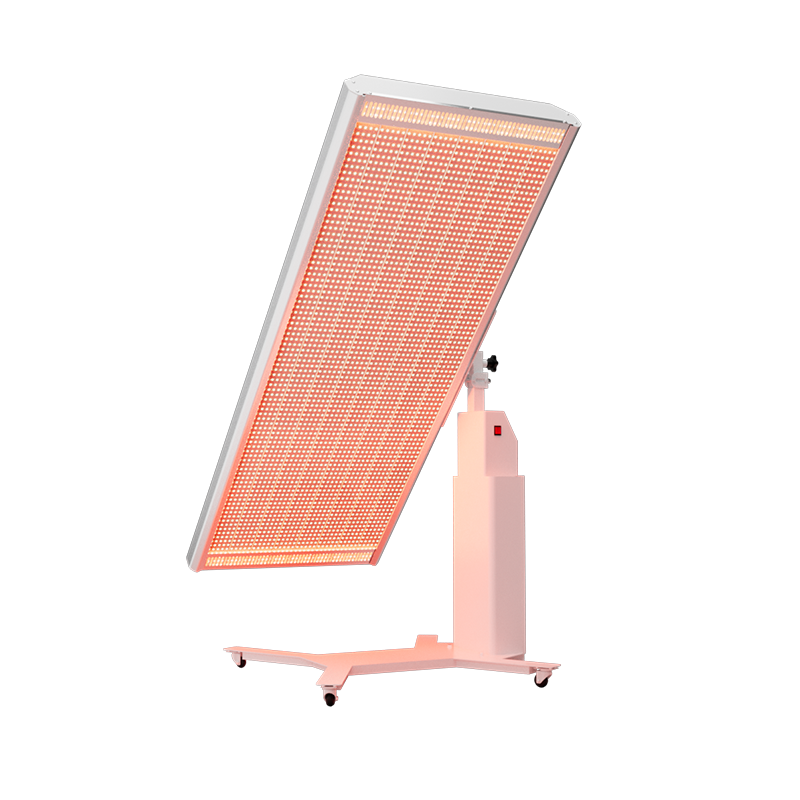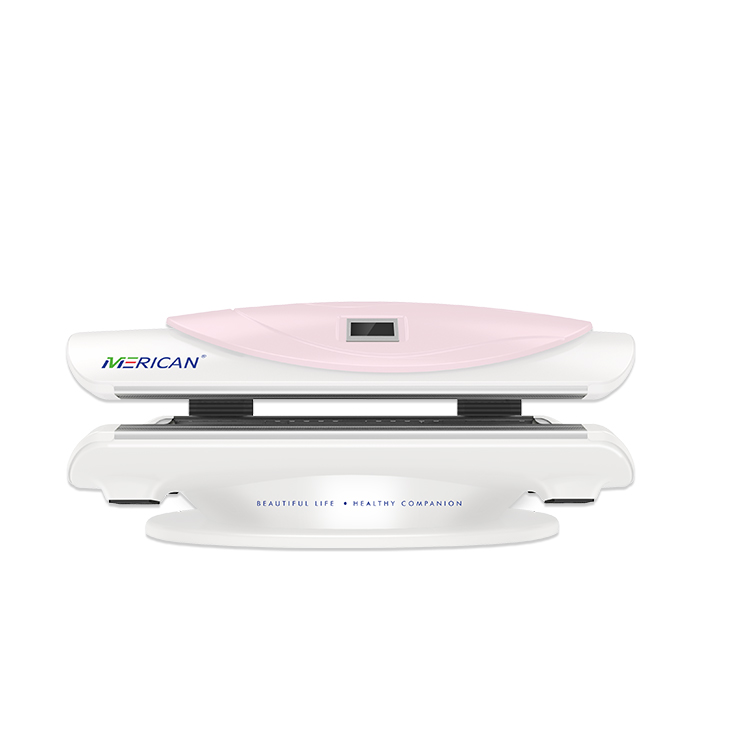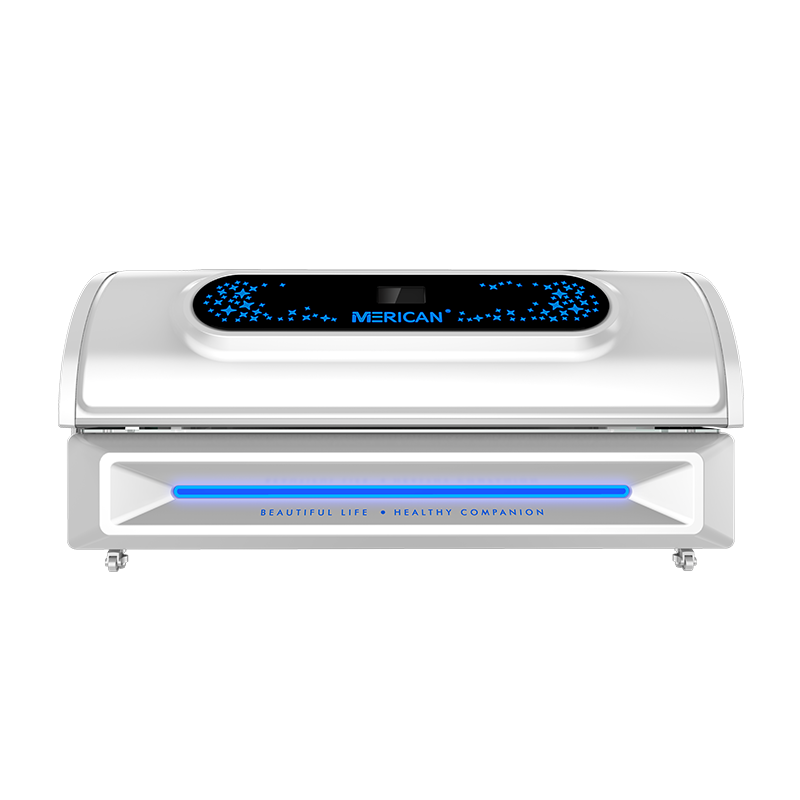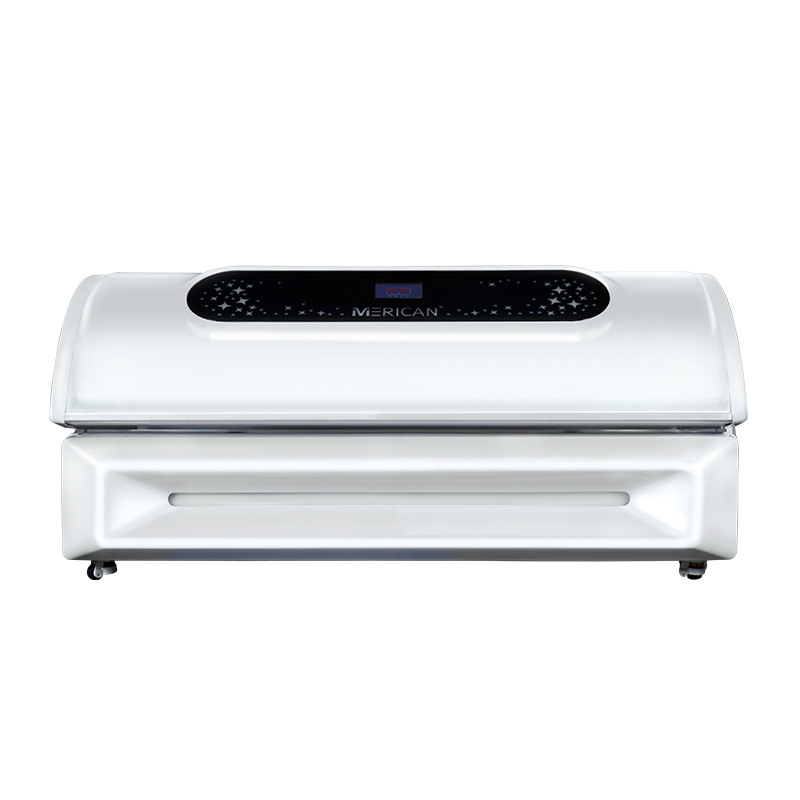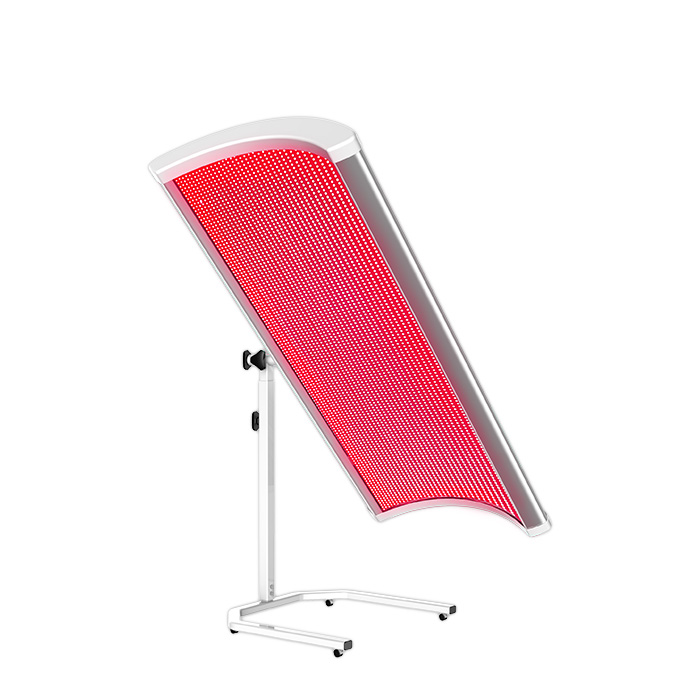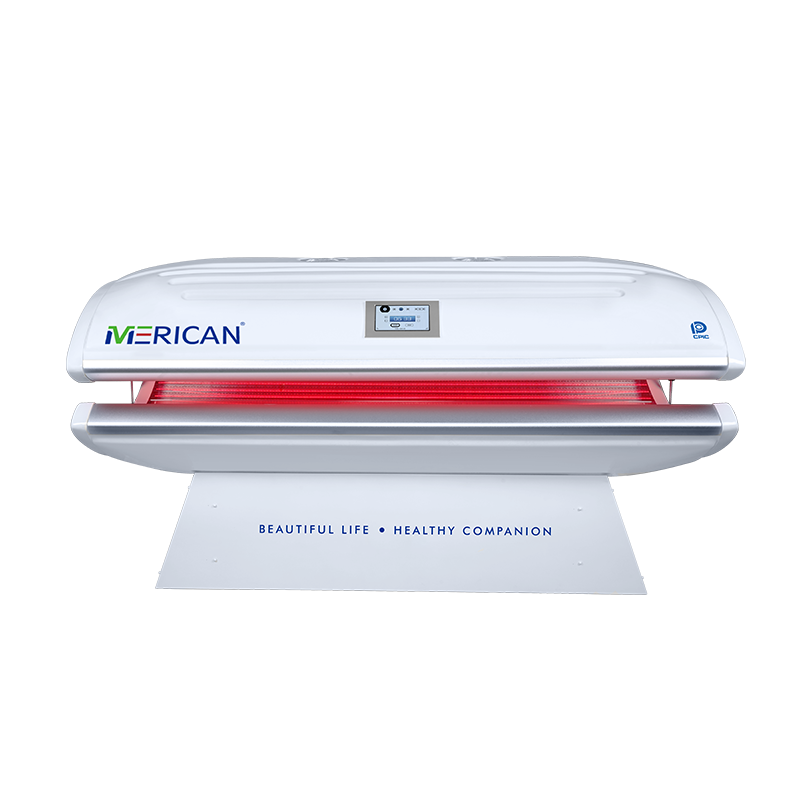Les thérapies à base de lumière sont largement utilisées dans le bien-être, soins de la peau, et gestion de la douleur. Deux types couramment discutés sont thérapie par la lumière rouge (RLT) et thérapie infrarouge (IRT). Bien qu'ils puissent sembler similaires, Comprendre leurs différences est important pour choisir le bon traitement.
Qu'est-ce que la thérapie par la lumière rouge?
- Usages longueurs d'onde de lumière rouge visible (Généralement 630–660 nm).
- Pénétrer couches superficielles de la peau.
- Stimulation production de collagène, réparation d'élastin, et régénération cellulaire.
- Utilisations courantes:
- Rajeunissement de la peau et resserrement
- Réduire les ridules et les rides
- Guérison des blessures et des cicatrices mineures
- Réduire les rougeurs et l'inflammation superficielle
Qu'est-ce que la thérapie infrarouge?
- Usages longueurs d'onde infrarouges (environ 800–1000 nm).
- Pénétrer plus profondément dans les muscles, articulations, et tissu conjonctif.
- Promotion débit sanguin, livraison d'oxygène, et réparation de tissus.
- Utilisations courantes:
- Muscle et soulagement de la douleur articulaire
- Réduire une inflammation profonde
- Accélérer la récupération des blessures
- Relaxation et circulation améliorée
Différences clés en un coup d'œil
| Fonctionnalité | Thérapie par la lumière rouge | Thérapie infrarouge |
|---|---|---|
| Longueur d'onde | 630–660 nm | 800–1000 nm |
| Profondeur de pénétration | Superficiel (couches de peau) | Profond (muscles & articulations) |
| Avantages primaires | Rajeunissement de la peau, stimulation du collagène | Soulagement de la douleur, circulation, guérison des tissus profonds |
| Utilisation idéale | Rides, cicatrices, rougeur, acné | Douleur musculaire, douleurs articulaires, inflammation |
| Génération de chaleur | Minimal | Chaleur légère en raison d'une pénétration plus profonde |
Lequel devez-vous choisir?
- Traitements axés sur la peau: La luminothérapie rouge est la plus efficace pour l'amélioration texture, élasticité, et l'apparence.
- Douleur ou préoccupations des tissus profonds: La thérapie infrarouge est idéale pour soulager les douleurs musculaires, raideur, et inflammation.
- Thérapie combinée: Certains appareils utilisent la lumière rouge et proche infrarouge pour Avantages complets, ciblant simultanément la peau et les tissus plus profonds.
Conclusion
La thérapie par la lumière rouge et la thérapie infrarouge sont à la fois sûres et efficaces mais servent des fins différentes. La lumière rouge est la meilleure pour santé de la peau, tandis que l'infrarouge est le meilleur pour Soulagement de la douleur et récupération des tissus profonds. Pour un maximum d'avantages, un combinaison des deux thérapies est souvent recommandé.
10 Foire aux questions (FAQ)
- La luminothérapie est-elle la même que la thérapie infrarouge?
Non, La lumière rouge cible les couches de peau superficielles, tandis que l'infrarouge pénètre les tissus plus profonds. - Quelle thérapie est meilleure pour l'anti-âge?
La luminothérapie rouge est plus efficace pour réduire les rides et stimuler le collagène. - Quelle thérapie est meilleure pour les douleurs musculaires ou articulaires?
La thérapie infrarouge offre une pénétration plus approfondie pour le soulagement de la douleur et l'amélioration de la circulation. - Puis-je utiliser les deux thérapies ensemble?
Oui, Les appareils combinés offrent des avantages de tissu superficiels et profonds. - La thérapie infrarouge produit-elle de la chaleur?
Oui, La lumière proche infrarouge pénètre plus profondément et génère une chaleur douce. - Combien de temps sont des séances de traitement typiques?
10–20 minutes par session, 3–5 fois par semaine, en fonction des objectifs et de l'appareil. - Ces thérapies sont-elles sûres pour tout le monde?
En général, Oui. Suivez les instructions de l'appareil, Et consultez un médecin si vous avez des conditions médicales. - La luminothérapie rouge peut-elle aider les rougeurs cutanées ou l'acné?
Oui, Il réduit l'inflammation superficielle et stimule la réparation cellulaire. - La thérapie infrarouge peut-elle améliorer la circulation?
Oui, Il augmente la circulation sanguine et l'administration d'oxygène aux muscles et aux tissus. - Combien de temps vais-je voir les résultats?
Les améliorations cutanées de la thérapie par la lumière rouge peuvent apparaître dans 4 à 8 semaines; Le soulagement de la douleur de la thérapie infrarouge peut parfois être ressenti immédiatement ou après quelques séances.

